It is no coincidence that filmmakers, actors and actresses have been important figureheads in the “Women, Life, Freedom” feminist uprising in Iran. For the country’s anti-modern theocratic regime, both cinema and women’s freedom of choice of attire represent everything that the Islamic regime stands against. After the 1979 Revolution, the first thing its ideologues did was target women’s appearance in public and in cinema. In fact, Ayatollah Khomeini set the tone for his policies in the early days of the revolution by inciting his followers to set fire to Cinema Rex in Abadan, burning more than 350 moviegoers alive.
By the time the Islamic Revolution erupted, however, filmmaking had already become such an important part of Iranian culture that the new regime, despite all attempts, was unable to stop it from advancing onto the national and global stages. The regime realised that all it could do was try to contain cinema and its cultural power by forbidding foreign films and introducing a myriad of censorship policies for the Iranian film industry.
But Iranian cinema thrived under the restrictions. In his interview with me, Abbas Kiarostami, a legendary Iranian filmmaker who passed away in 2016, compared Iranian filmmakers to creative architects who “might say that they built their best houses on a very difficult piece of land”. The creativity of filmmakers to work around the restrictions, combined with the fact that foreign films were banned, led to an enormous popularity for Iranian cinema within Iran. That in turn led to more attention for Iranian cinema at international film festivals. Initially this development was also welcomed by the authorities, as another filmmaker, Bahram Beyzaie, told me in an interview, as the regime realized it could use the Iranian cinema as a means for showing a “friendly face” abroad and to foster trade.
However, the censorship of Iranian cinema had unintended consequences in that it empowered filmmakers as international figures with great influence in Iranian society. The regime felt the threat of this power for the first time during the Green Movement in 2009, which erupted in reaction to the fraudulent re-election of Mahmoud Ahmadinejad as president. Filmmakers stood by the protesters and used their international platform to amplify the voice of the people. In this way, they inevitably became political figures, and even figureheads, in the fight of Iranians against an oppressive regime.
This led to a turning point in the regime’s treatment of independent filmmakers. When Panahi famously wore a green shawl, the colour of the Green Movement, to the Montréal film festival in 2010, the regime realised that its containment policy had backfired. Declaring Panahi a persona non grata, the regime made him a warning example toother filmmakers: upon his return to Tehran, Panahi was detained, put under house arrest and banned from working for 20 years. But this only made Panahi and his underground “illegal” films – shot while in house arrest – more popular in and outside of Iran.
It is this enormous popularity across all social divides that grants filmmakers a particularly powerful position in the Woman, Life, Freedom uprising. One could even argue that filmmakers paved the way for the present uprising by spearheading the unrest in Abadan three months before Mahsa Amini’s death. The protests in Abadan had erupted in reaction to the authorities’ failure to send adequate aid, when the Metropol Tower had collapsed, killing tens of people. Rather than sending help, the government deployed troops to crush the protests of grieving demonstrators. Using their platform, filmmakers and actors publicized the demonstration and gave them a political dimension by translating the popular expression of grief into a protest against the moral bankruptcy of the regime. The award-winning filmmaker Mohammad Rasoulof penned an open letter, “Lay Down Your Guns”, addressed to the troops and beseeching them to remember their roots and to join the people. The letter was signed by more than 100 filmmakers, actors and actresses. The actress Zar Ebrahimi echoed this letter and openly condemned the regime during her Palm d’Or acceptance speech for best actress in Cannes.
Fearing the power of the open letter to escalate anti-regime sentiments, the authorities arrested Rasoulof and a number of signatories, including Panahi. However, these arrests only intensified the anger and resentment towards the Islamic regime even more and led to worldwide solidarity with Iranian filmmakers in prison and, through that, with their fight against the regime.
The news of Mahsa Amini’s death, three months later, was received in this explosive context. Without it, Amini’s death would not have had such a huge impact.
By imprisoning the figureheads of Iranian cinema, the regime neither succeeded in silencing them, nor in intimidating the protesters. It even made them more vocal. Filmmakers both in and outside prison have made statements in support of the uprising and have amplified the voice of the protesters. Realizing that the detainment of filmmakers had empowered them even more, the regime decided to grant them amnesty. Yet, this amnesty again put the global spotlight back on the filmmakers, who used this as another opportunity to garner worldwide support for the Iranian uprising.
On his release from Evin Prison, the first thing a visibly weakened Jafar Panahi did was to make a scathing statement against the regime and to compare it to the Nazi regime in Germany. When asked whether he was happy to be released, he said “How can I be happy when my inmates are perishing behind the bars of Evin? How can I be happy when fellow inmates are on hunger strike and look like Auschwitz prisoners?” With this statement, Panahi made clear that the solidarity of filmmaker with protesters was unbroken and unrelenting.
In its 44-year history, the Islamic regime has survived many waves of protests. Yet the Woman, Life, Freedom movement is the first that has the potential to bring it down. What makes this uprising so powerful is that women and cinema are at the heart of it. Both speak to the Iranian people across all social and ethnic divides and both target the heart of the regime’s anti-modern ideology.
Shiva Rahbaran is a writer and researcher interested in the relation between freedom and art. Her latest book, Iranian Cinema Uncensored, is published by Bloomsbury. All guest blogs published on IranWire represent the views of the author and not necessarily those of IranWire. Her article is a shortened version of a longer essay which can be accessed below.
visit the accountability section
In this section of Iran Wire, you can contact the officials and launch your campaign for various problems




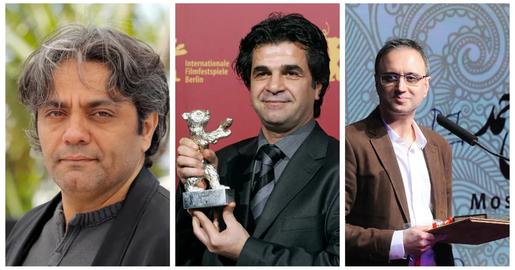

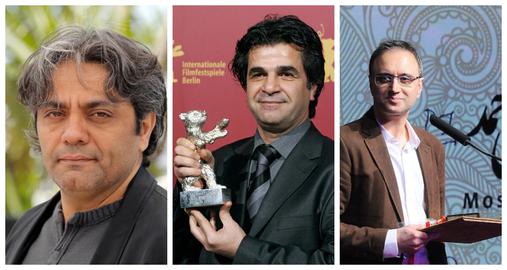
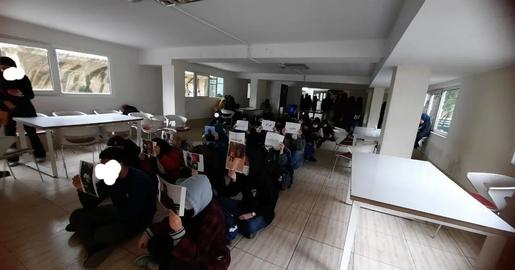
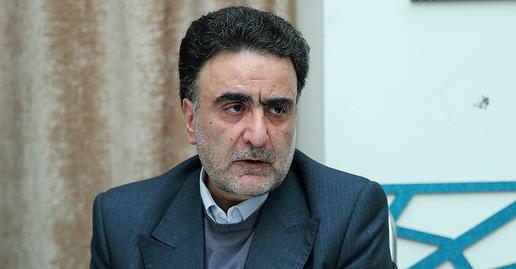
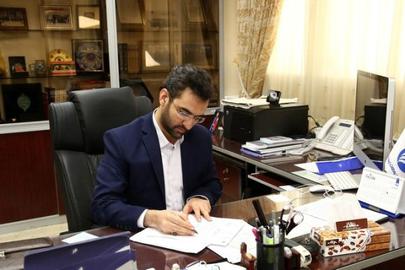
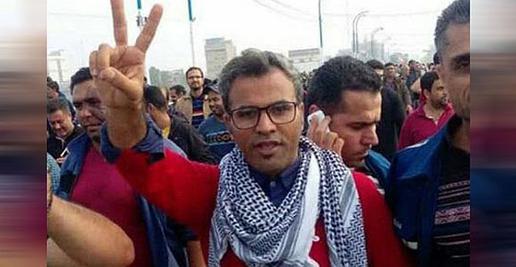
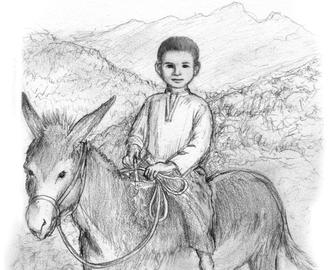

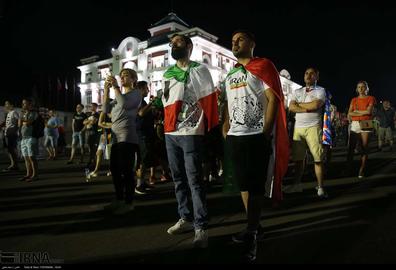
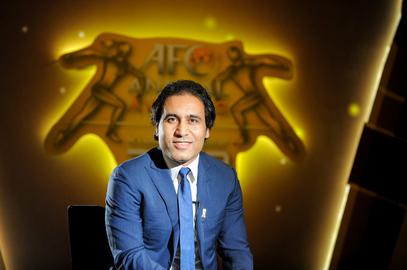

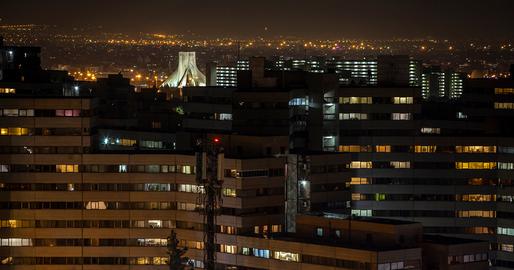
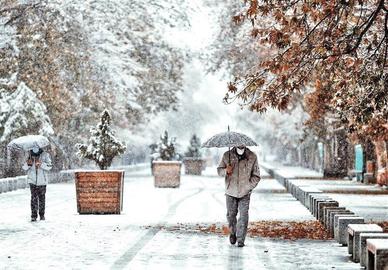
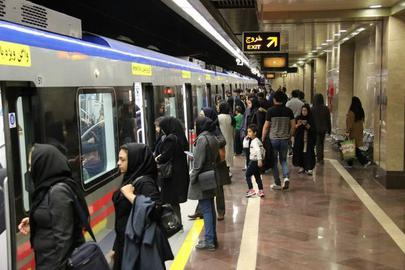
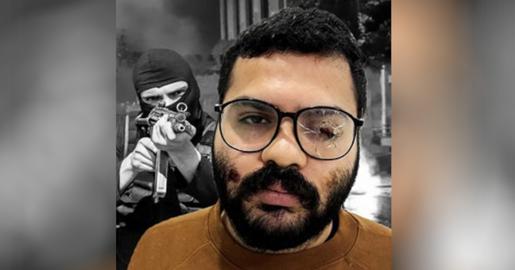
comments